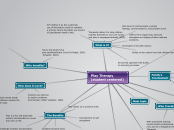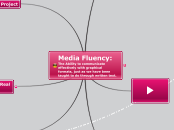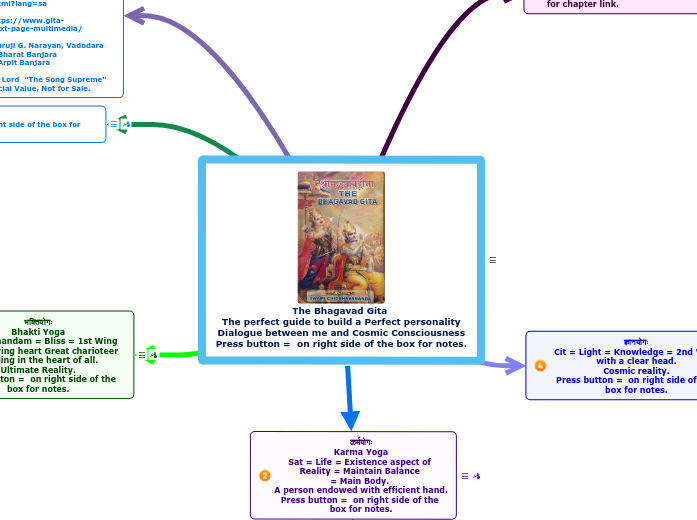av Sadye Bockhoff för 10 årar sedan
704
Play Therapy
Play therapy is a structured therapeutic approach designed to help children cope with and express their emotions through play. Unlike regular play, this therapy involves trained mental health practitioners who assess and facilitate the child'









